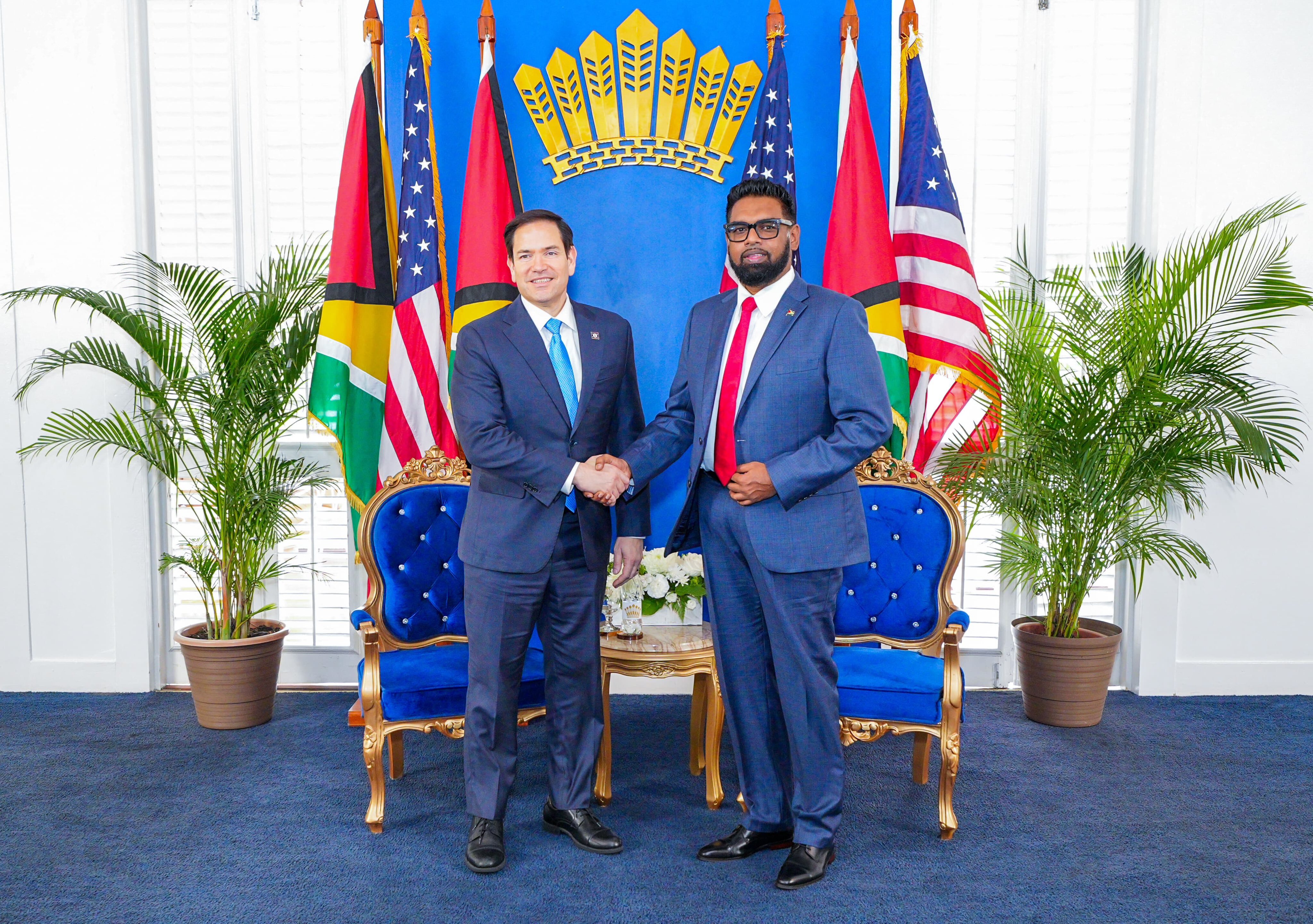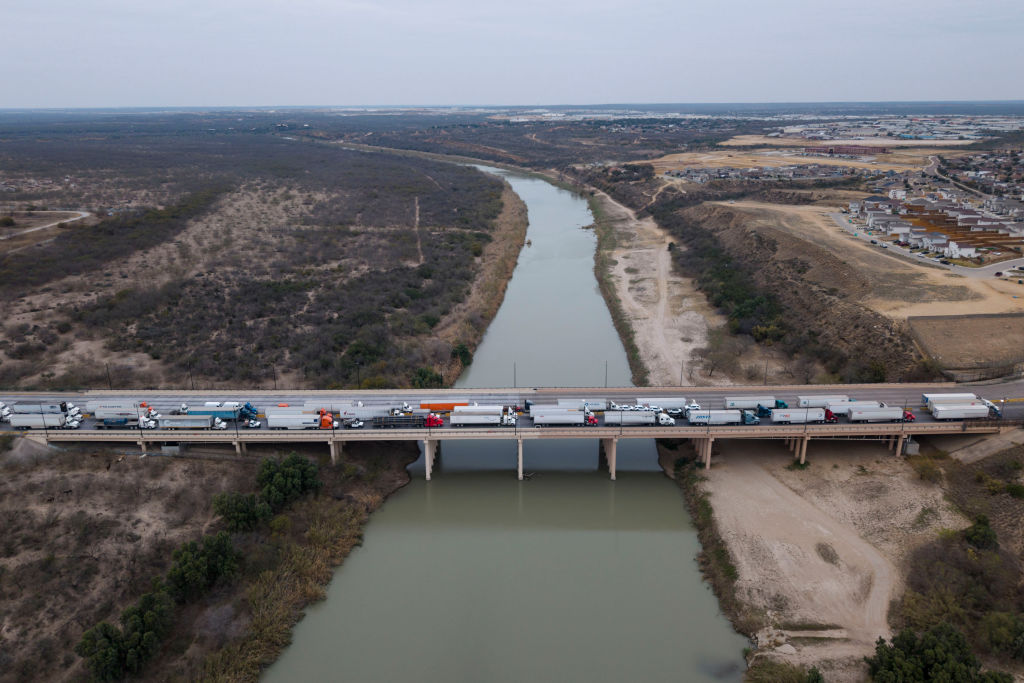Security in Central America: Outlook and Options
Security in Central America: Outlook and Options
AS/COA co-hosted a panel at the James A. Baker III Institute for Public Policy at Rice University, discussing fragile judicial systems, high rates of inequality, and unemployment as obstacles to enforcing security policy in Central America.
Speakers:
- Eduardo Stein Barillas, Former Vice President, Republic of Guatemala
- Virginia Trujillo, Director, Communications and External Relations, AES El Salvador
- Thomas W. Ward, Associate Professor of Anthropology, University of Southern California
- Christopher Sabatini, Senior Director of Policy, AS/COA (Moderator)
Summary
Drug trafficking and criminal networks represent significant security challenges throughout Central America. Regional stakeholders have worked to improve security conditions, but a lack of trust among government officials, the private sector, and civil society along with fragile judicial systems, high rates of inequality, and unemployment pose obstacles to creating and enforcing policy. Americas Society and Council of the Americas and the Latin America Initiative of the James A. Baker III Institute for Public Policy at Rice University hosted a public panel discussion on the current challenges and opportunities for improving security in Central America.








